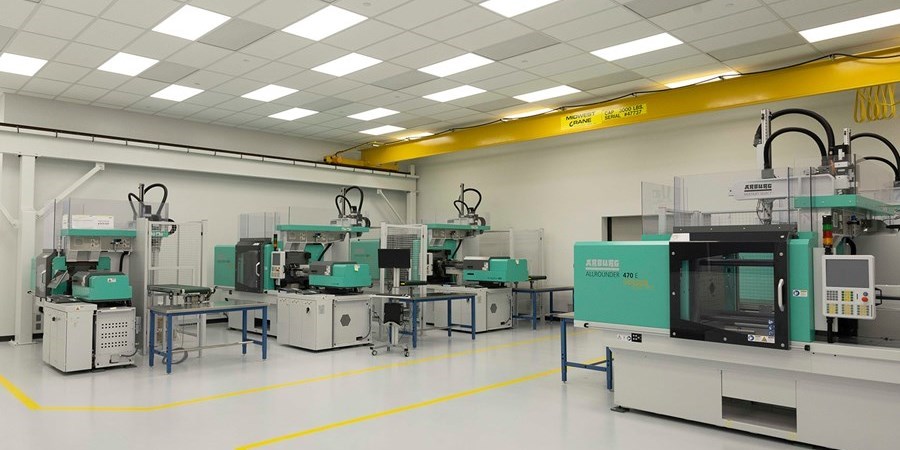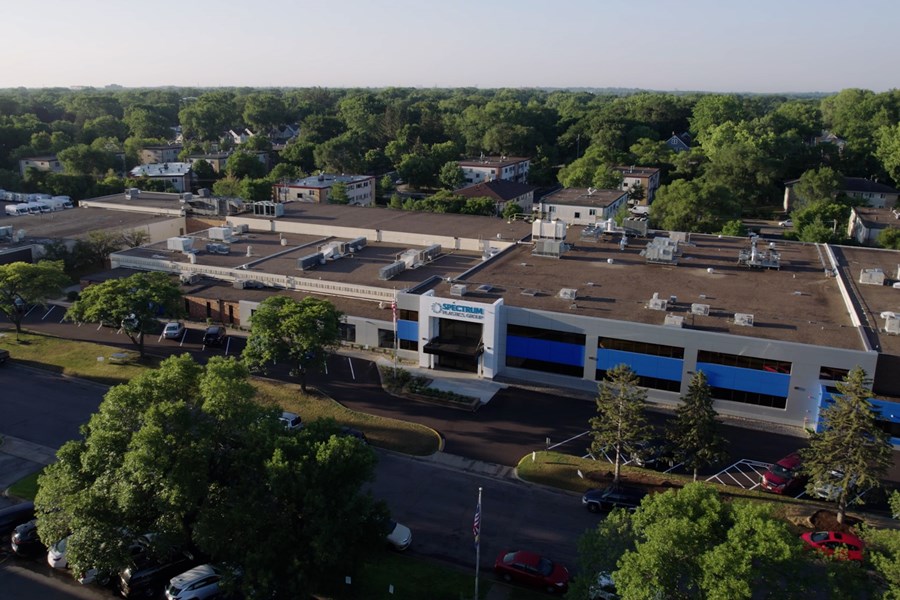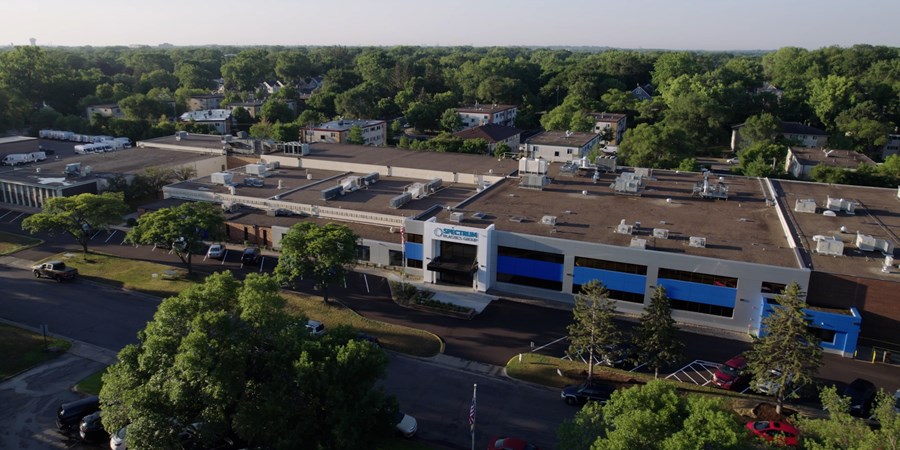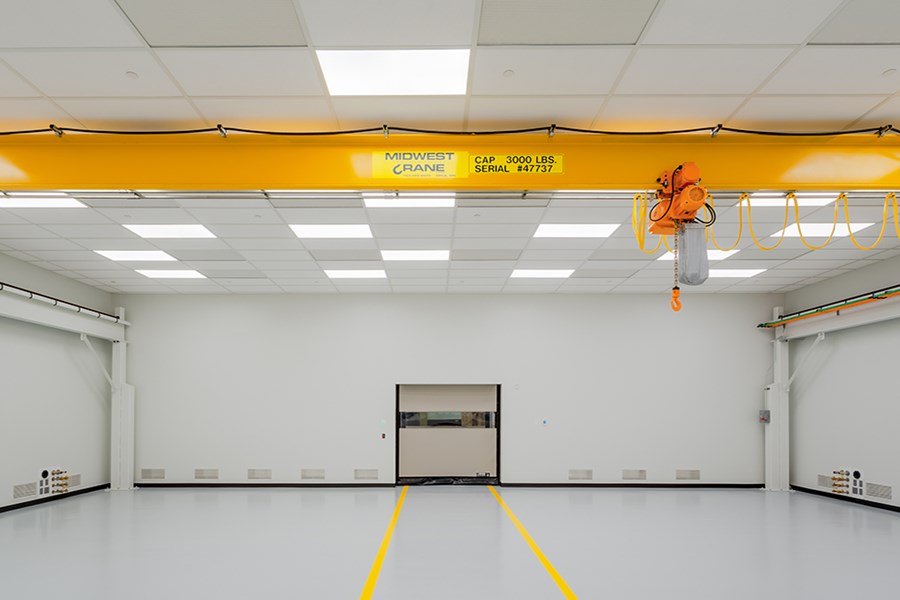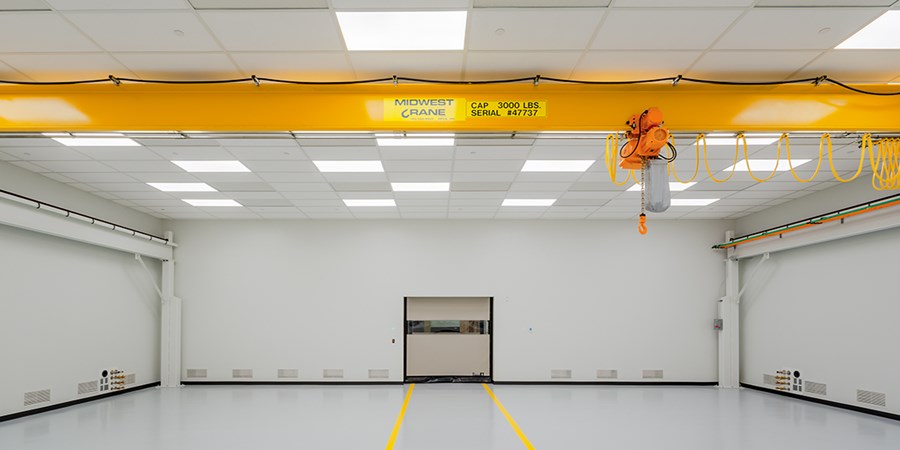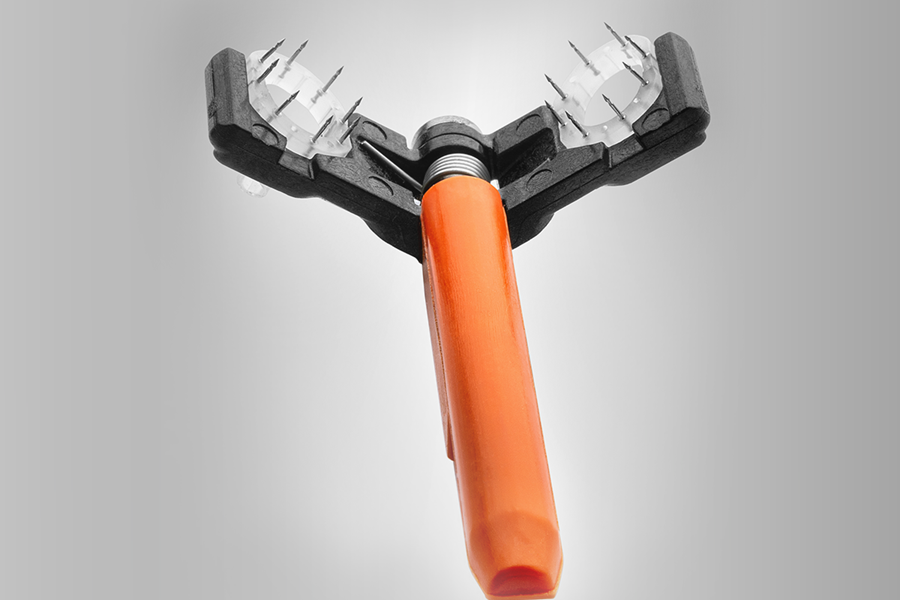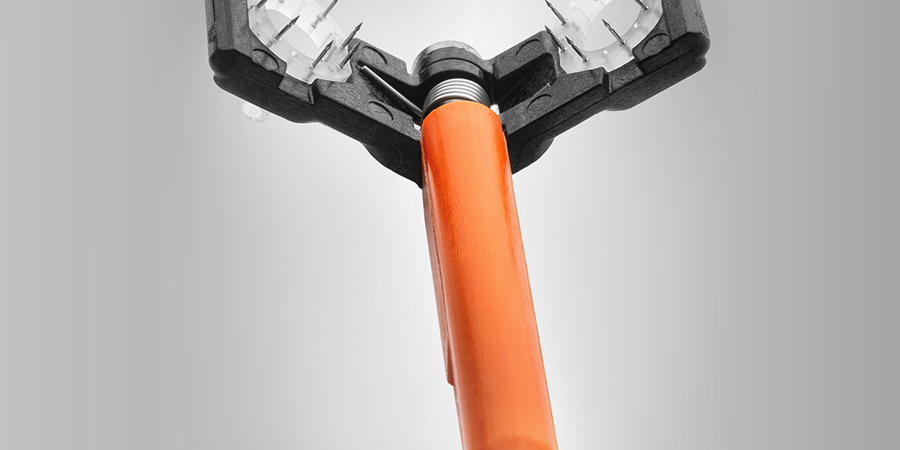The Spectrum team approaches a transfer project like we approach new product development. Despite the history of the product, it’s essential to build a project charter by understanding all the stakeholders and inputs to the process, including product, equipment, procedures, the complete supply chain, failure modes, and quality requirements. This information is required to complete a risk assessment and identify all the critical focus areas.
Once Spectrum has the inputs for this project charter, we work closely with the customer to develop a realistic plan that meets timing and quality expectations. We then break these projects into smaller increments to help cover any production scheduling gaps if necessary.
The most crucial aspect of any transfer project is open and honest communication. If the prior manufacturing site can be involved in this communication, it improves the process. Transparency leads to more effective decision-making and a better relationship between the customer and our team.
To minimize risk and avoid issues during the manufacturing transfer, Spectrum sent a team of specialists to the customer’s facility while they were still producing products. The team’s goal was to fully understand the product, equipment, inspection methods, potential quality issues, manufacturing process, packaging, etc. The team members included a Process Engineer, Quality Engineer, Manufacturing Engineer, and Press Operators. They studied the manufacturing process for several weeks until they fully understood the complete production methods.
Some other ways that Spectrum prepared for the transfer included:
- Maintenance personnel were sent onsite during teardown and shipment of the customer’s equipment so we could confidently reassemble the equipment after Spectrum took delivery.
- We requested detailed equipment specifications up front so all utilities and infrastructure were in place to make for a quicker and more efficient installation.
- The customer’s engineers and operators were invited onsite during the installation and validation of the equipment to help get the process up and running smoothly.
